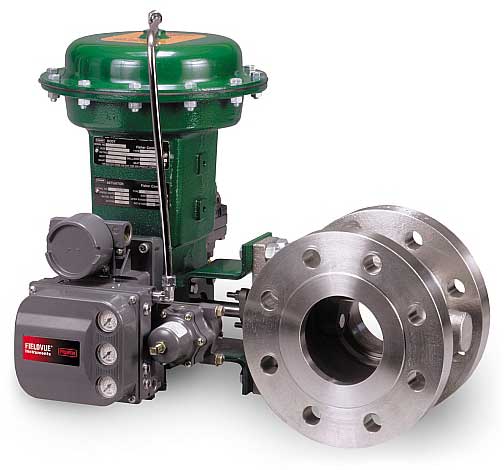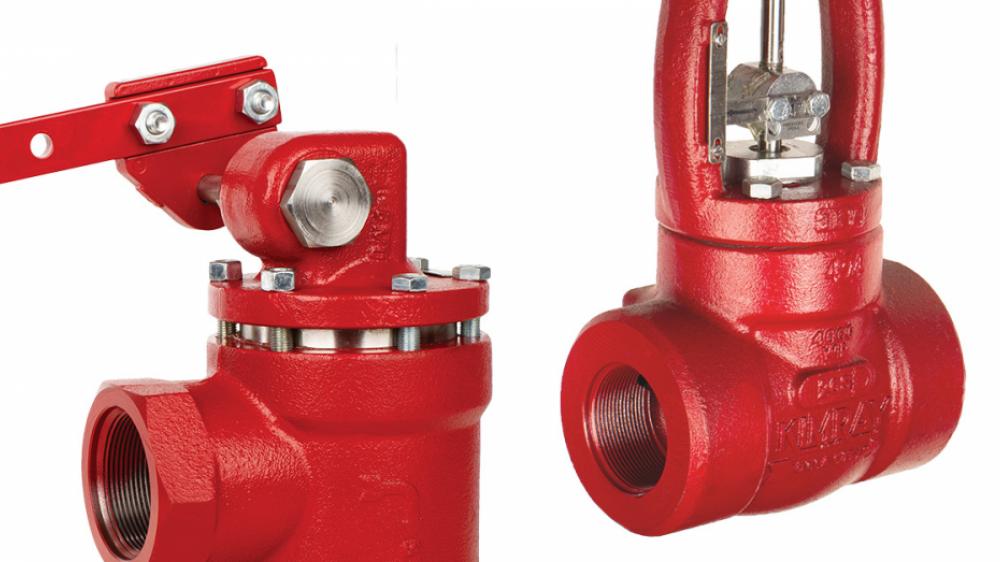Choosing the Right Control Valves: A Guide to Ideal System Performance
Choosing the Right Control Valves: A Guide to Ideal System Performance
Blog Article

Maximize Power Financial Savings and Convenience With Advanced Building Automation Controls
In the realm of modern-day architecture and facility administration, the integration of sophisticated structure automation regulates stands as a critical innovation. By utilizing the power of automation, buildings can adjust, respond, and develop in methods that were once unthinkable.
Power Performance Advantages
Power performance benefits can substantially minimize energy consumption and operational prices in structures. Energy-efficient systems, such as advanced building automation controls, can enhance the use of resources like air conditioning, heating, and lighting, leading to reduced power costs over time.
In addition, boosted power effectiveness can extend the life expectancy of structure tools and systems. By running much more efficiently, HVAC systems, lighting fixture, and various other structure components experience much less damage, leading to reduced upkeep and replacement costs. In addition, energy-efficient structures typically command greater residential or commercial property values and rental prices, offering long-lasting financial benefits to proprietors.
Additionally, power performance can boost owner convenience and productivity. Effectively controlled interior settings with optimal lighting and thermal conditions develop a more favorable and pleasant office, leading to enhanced staff member fulfillment and efficiency. Generally, the power efficiency benefits related to innovative building automation controls are diverse, incorporating cost savings, environmental stewardship, and passenger health.
Enhanced Comfort Control
Enhancing comfort control in building environments calls for an innovative assimilation of sophisticated automation systems for ideal occupant health. By making use of sophisticated building automation controls, centers can tailor the interior atmosphere to meet the specific demands and preferences of occupants. control valves.
Boosted convenience control goes beyond standard temperature adjustments. It consists of functions such as customized settings, tenancy sensors, and all-natural light use to develop a receptive and vibrant atmosphere. By incorporating these innovative controls, structures can not only boost convenience however also boost power effectiveness by optimizing system procedures based upon actual tenancy and usage patterns. Ultimately, focusing on resident convenience through innovative automation systems causes a more enjoyable and much healthier indoor atmosphere.
Operational Performance Improvements

Furthermore, the implementation of real-time surveillance and analytics tools makes it possible for building drivers to determine energy inadequacies and operational abnormalities without delay. By continuously keeping track of power usage patterns and system efficiency metrics, changes can be made in real-time to optimize energy usage and make sure peak operational performance. control valves. Furthermore, including need reaction strategies into building automation controls can even more enhance functional performance by dynamically changing power usage based upon grid conditions and prices signals
Indoor Environment Optimization
Efficient indoor environment optimization is a fundamental aspect of structure automation controls, view publisher site making certain occupants' comfort and health while maximizing power cost savings. By making use of sophisticated sensors and controls, constructing automation systems can continually change and monitor temperature level, moisture degrees, air top quality, and air flow to create an optimum interior atmosphere. Keeping consistent and comfy conditions not just boosts passenger complete satisfaction but additionally improves efficiency and general health.
Interior environment optimization likewise plays a crucial duty in power efficiency. By fine-tuning home heating, ventilation, and i thought about this cooling systems based on real-time data and tenancy patterns, building automation controls can considerably reduce energy usage - control valves. As an example, applying methods such as demand-controlled ventilation and thermal zoning can assist decrease energy waste while ensuring that each area of the building gets the essential conditioning.

Lasting Environment Production
Building automation controls not just maximize interior climate problems for energy effectiveness and resident comfort however likewise lay the foundation for developing a sustainable setting through critical monitoring of sources and systems. By incorporating innovative building automation innovations, such as sensing units, actuators, and smart software application, centers can adjust and keep an eye on energy usage in real-time to decrease waste and decrease their carbon footprint. These systems enable anticipating upkeep, identifying potential concerns prior to they intensify and optimizing tools efficiency to improve longevity and performance.
Furthermore, lasting environment creation extends beyond power management to encompass water conservation, waste decrease, and interior air high quality enhancement. Structure automation controls can manage water usage, discover leaks, and guarantee correct garbage disposal practices, adding to general sustainability initiatives. Additionally, by checking and controlling ventilation and filtering systems, these modern technologies boost owner wellness and productivity while lowering energy usage connected with heating and cooling procedures.
Final Thought
To conclude, progressed building automation regulates deal significant benefits in regards to energy savings, convenience control, functional performance, interior climate optimization, and developing a sustainable atmosphere. By implementing these controls, buildings he said can achieve optimal performance while reducing power intake and improving occupant comfort. It appears that the usage of sophisticated automation innovation is crucial in boosting structure efficiency and creating an extra lasting future.
Energy effectiveness advantages can dramatically lower energy intake and functional expenses in buildings. Generally, the energy efficiency advantages linked with advanced building automation controls are complex, encompassing cost financial savings, ecological stewardship, and passenger well-being.
Additionally, integrating need feedback techniques right into structure automation controls can further enhance functional efficiency by dynamically changing energy use based on grid conditions and pricing signals.
Building automation controls not just enhance indoor climate problems for energy performance and occupant comfort but also lay the structure for creating a sustainable environment through calculated monitoring of sources and systems.In conclusion, progressed structure automation regulates offer significant advantages in terms of power financial savings, comfort control, operational efficiency, indoor climate optimization, and producing a sustainable environment.
Report this page